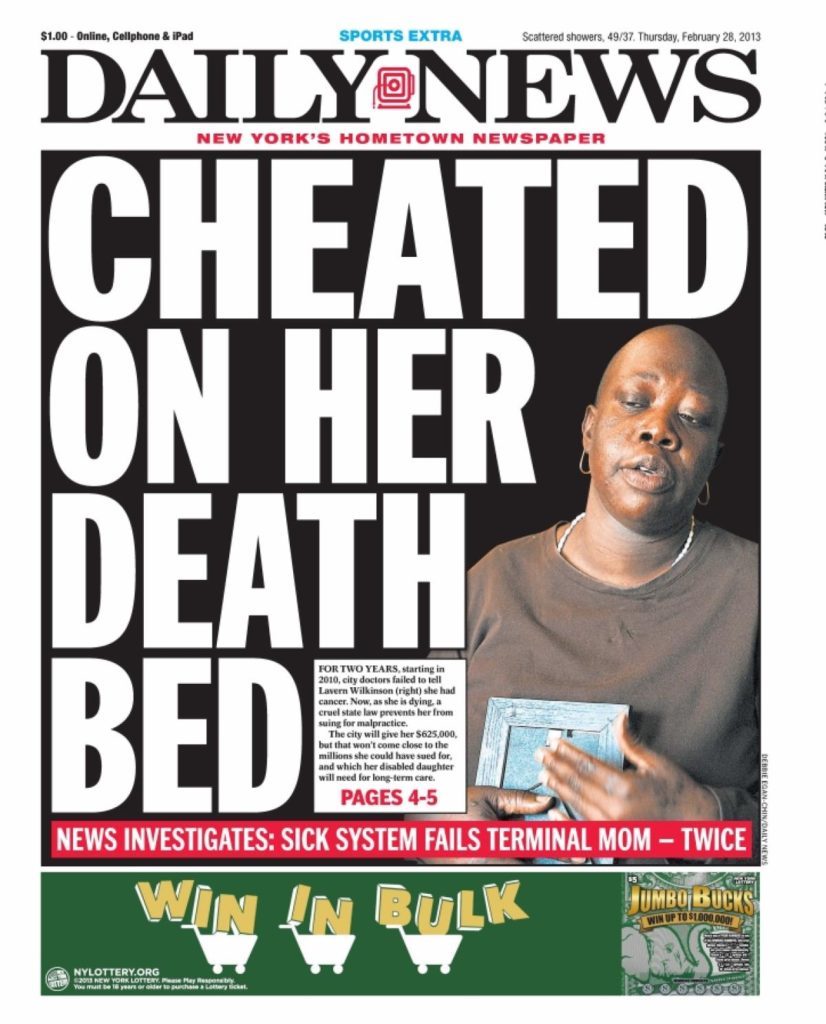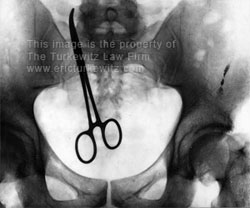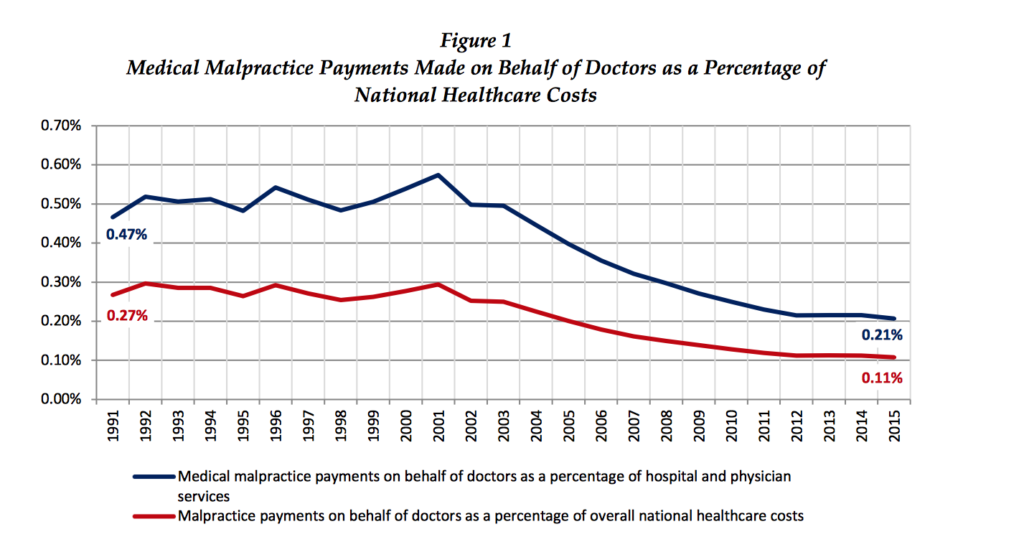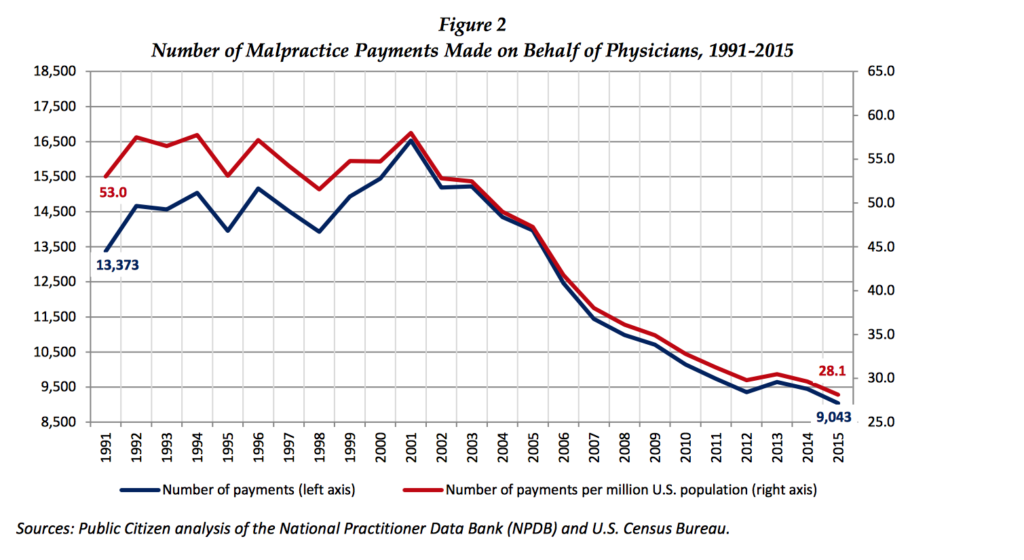 Six-year-old Claudialee Gomez Nicanor died. And when her family’s lawyer asked the child’s doctor for her medical records, she destroyed the originals. That’s a problem.
Six-year-old Claudialee Gomez Nicanor died. And when her family’s lawyer asked the child’s doctor for her medical records, she destroyed the originals. That’s a problem.
Last week in a case of first impression in New York, our Appellate Division (Second Department) upheld an award of punitive damages in a medical malpractice case — not for the conduct that led to the death, but rather, for the effort to evade liability.
Little Chaudialee had Type 1 Diabetes and died from diabetic ketoacidosis, which results when the body can’t produce enough insulin. (It is Type 2 diabetes that’s often related to excess weight.)
The underlying medical malpractice case dealt with Dr. Arlene B. Mercado‘s failure to diagnose and treat the diabetes. The doctor is a pediatric endocrinologist and the child had arrived in her office via her pediatrician.
Mercado saw Claudialee three times, October 31, 2009, November 14, 2009, and December 12, 2009. Meanwhile, the pediatrician saw Claudialee in late November 2009, and on January 9, 2010. But:
“On January 21, 2010, Claudialee returned home from school complaining that she was tired and did not feel well, and brought with her a note from the school nurse describing her symptoms. The child vomited that evening and said that she had a stomach ache. The next day, after having tried, unsuccessfully, to have Claudialee seen by Cabatic, the child’s mother took Claudialee to a hospital. Claudialee remained hospitalized until her death on January 24, 2010.”
After the child died, and after the lawyers asked for the records, the good doctor thought it would be a great idea to type up the scribbled notes she originally made and destroy the originals for the November and December visits.
The problem is that on the last visit to Mercado on December 12th, the family was told to bring her back on February 13th. And they had the appointment card showing it.
The typed notes, however, claimed something else: That the child was to come back in just four weeks (before the child was ultimately hospitalized). Those are the same notes that were typed up after the child had died and after the lawyers asked for the records:
“Q. Now, you told us that you created the typed written part for the Halloween, the 10/31 visit after you got the letter from my office, did you do all three of them at the same time?
“A. Yes.
“Q. So this one was done without the help of any squiggly notes; is that right?
“A. No.
“Q. No?
“THE COURT: You had notes?
“THE WITNESS: I have like piece of paper, but after typing—
“THE COURT: Where is it[?]
“THE WITNESS:—I throw them out. After typing I will throw them out.
“THE COURT: Four months later you throw them out?
“THE WITNESS: Yes.”
The doctor also gave conflicting claims as to when she typed up the first set of notes, which was important because the typed version included information not reflected in the handwritten record of that visit.
The underlying malpractice claim was that the doctor committed malpractice by “not teaching the child’s family about symptoms of diabetes—such as weight loss, tiredness, lightheadedness, excessive thirst, and excessive urination—and by not recommending that Claudialee’s family perform home testing to measure the child’s blood sugar and ketones.”
The doctor was also faulted for assuming that the child was developing type 2 diabetes and not even considering that the child was developing type 1 diabetes.
The jury found that Mercado was negligent, that the negligence caused injury and death, and awarded $400,000 in pain and suffering and $100,000 in monetary loss. (New York is one of only a few states that does not allow an award to grieving families for the loss of a family member.)
But this was the kicker: $7.5M in punitive damages. While that award was reduced by the trial court to $1.2M, and further reduced by the Appellate Division to $500K, it was the very issue of punitive damages for the destruction of evidence in order to evade liability that lit up the decision.
The court was firm (and unanimous) in stating — and this is the entire point of this post — that punitive damages serve to deter the wrongful conduct of destroying records to evade liability.
[W]e now hold that where, as here, a plaintiff recovers compensatory damages for a medical professional’s malpractice, a plaintiff may also recover punitive damages for that medical professional’s act of altering or destroying medical records in an effort to evade potential medical malpractice liability. Allowing an award of punitive damages for a medical professional’s act of altering or destroying medical records in an effort to evade potential medical malpractice liability will serve to deter medical professionals from engaging in such wrongful conduct, punish medical professionals who engage in such conduct, and express public condemnation of such conduct.
And the fact that there might be also be disciplinary action should not deter a court from submitting this to the jury. As the court noted:
However, the possibility of other consequences, such as professional disciplinary action or spoliation sanctions, should not preclude medical professionals from being subject to punitive damages for altering or destroying medical records in an effort to evade potential medical malpractice liability. … the present case illustrates that the availability of disciplinary proceedings is not sufficient to protect plaintiffs from such conduct, since Mercado was clearly not deterred by the possibility of such disciplinary action.
Finally, the court rejected the argument that there was no damage from the destruction of the records, since the plaintiff was able to prevail despite it. In other words, the defendant argued that there should be no penalty for her action. The court was not amused at this request for immunity from wrongful conduct:
We also reject Mercado’s contention that punitive damages cannot be recovered because her destruction of original records did not prevent the plaintiff from successfully prosecuting this action. The fact that the plaintiff was able to prove the medical malpractice cause of action against Mercado, despite Mercado’s destruction of original records, should not insulate Mercado from liability for punitive damages. Undesirable results likely would flow from a conclusion that punitive damages cannot be awarded for the destruction of medical records in an effort to evade liability where a plaintiff is able to establish liability nonetheless; specifically, medical professionals fearing malpractice liability might feel emboldened to alter or destroy medical records, knowing that they will face no added liability in tort. Indeed, it has been observed that “[i]f the act of altering and destroying records to avoid liability is to be tolerated in our society, we can think of no better way to encourage it than to hold that punitive damages are not available” in such circumstances.”
Going forward, this case won’t be limited to medical malpractice cases. I foresee this case being used and cited in any kind of case dealing with spoliation of evidence. For such cases all deal with the same concept of punishing a party for trying to evade liability by destroying evidence.
While one tool in the judge’s toolbox is simply to strike the answer of a defendant for having engaged in such practices, that merely puts plaintiffs where they otherwise would have been anyway had the malfeasance not taken place. There was no downside. Now there is.
The case is Gomez v. Cabatic
See follow-up (1/26/18): A NY Court’s Thin Reasoning on Punitive Damages









